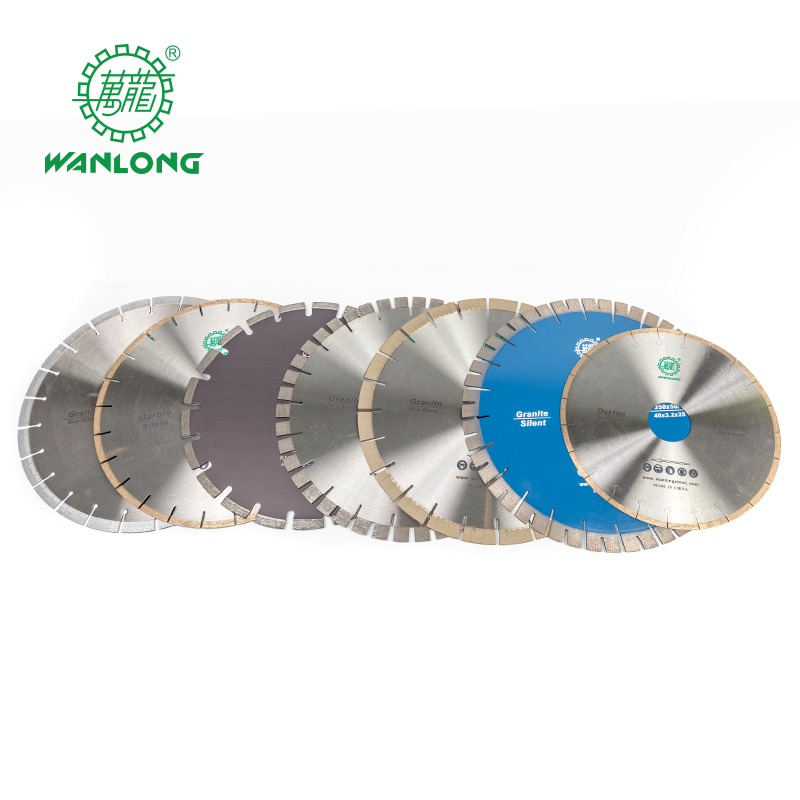In addition to the diamond saw blades for stone cutting, the common saw blades on the market at present also include high-speed steel saw blades for metal material cutting (without inlaid carbide tips); for solid wood, furniture, wood-based panels, aluminum Carbide saw blades for cutting alloys, aluminum profiles, radiators, plastics, plastic steel, etc.
Four factors to distinguish the quality of the saw blade:
1. First, check whether the cutter head on the aluminum cutting saw blade is on the same straight line.
If the cutter head is not on the same line, it means that the size of the cutter head is irregular, some may be wide or some narrow, which will lead to unstable cutting when cutting stone and affect the quality of the saw blade.


2. Measure the weight of the saw blade
The heavier and thicker the aluminum cutting saw blade, the better, because the heavier the saw blade, the greater the inertia force when cutting, and the smoother the cutting. Generally speaking, the 350mm saw blade should be about 2 kg, and the 400mm saw blade should be about 3 kg.
3. Check the substrate hardness
The higher the hardness of the substrate, the less easy it is to deform. Therefore, whether the hardness of the substrate reaches the standard directly affects the quality of the saw blade during welding or cutting. High temperature welding will not deform, and it will not deform under force majeure conditions. The substrate, after being processed into a saw blade, is a good saw blade.
4. Observe whether the welding seam and the matrix are tightly welded
Before the welding seam and the base body, there will be a welding seam after brazing. If the arc surface at the bottom of the cutter head is completely fused with the base body, there will be no gap. If there is a gap, the cutter head on the aluminum cutting saw blade is not completely integrated with the base body. , mainly because the curved surface at the bottom of the cutter head is unevenly polished.





